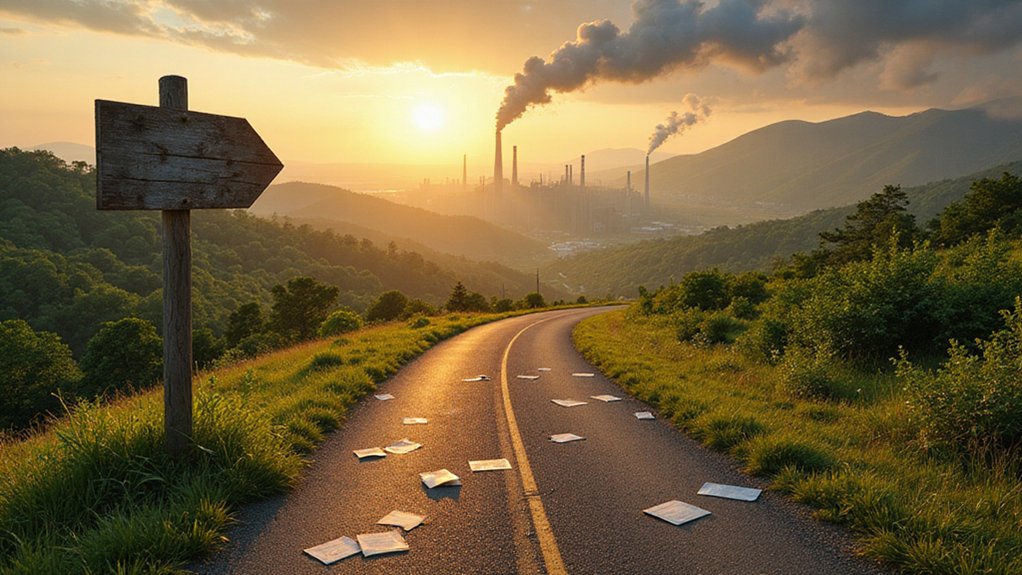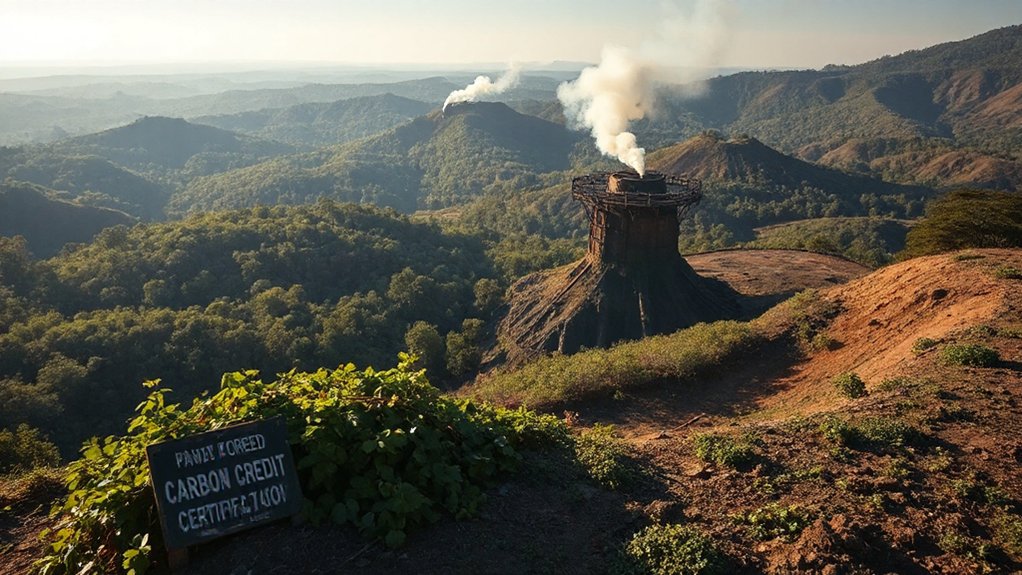Why do companies love carbon offsets so much? Simple. They get to keep polluting while claiming they’re saving the planet. Buy some credits, plant some trees, and boom – you’re “carbon neutral.” Except it’s mostly nonsense.
Scientists have been digging into these offset schemes, and the results are embarrassing. A whopping 94% of forest carbon offsets don’t actually work. That’s not a typo. Nearly all of them are worthless. Only 12% of voluntary carbon credits drive real emissions reductions. The rest? Window dressing.
The numbers get worse depending on what type of offset you’re buying. Renewable energy offsets? Zero percent effective. Those trendy cookstove projects that supposedly help villagers while cutting emissions? Just 0.4% actually reduce carbon. Even the “better” options like forestry and chemical process offsets only work about a quarter of the time.
Here’s where it gets really sketchy. These offset calculations are based on predictions, not actual measurements. Companies assume buying a credit means carbon gets sucked out of the atmosphere somewhere else. But burning fossil fuels puts CO2 up there for centuries. Trees? They might last decades if you’re lucky. A wildfire or disease outbreak, and poof – all that “stored” carbon is back in the atmosphere. When researchers used synthetic control methods to evaluate 27 REDD+ projects across six tropical countries, they found most didn’t achieve any significant reduction in deforestation. The problem of double accounting makes these schemes even less credible when both buyer and seller countries claim the same emissions reduction.
The whole system lacks teeth. Top certification agencies have approved projects that wildly exaggerate their impact. There’s minimal monitoring, weak regulations, and basically no consequences for lying. Thirty-four scientists globally have raised red flags about this mess. Multiple investigations found the same thing: massive overstatement of carbon savings across the board. These schemes perpetuate the misleading narrative of panacea that clean energy alone can solve climate problems without addressing underlying consumption.
The market’s response? Flood the system with more junk credits. Net-zero targets have companies scrambling to buy offsets, creating huge demand for these dubious products. The gap between claimed and actual emissions reductions is nearly double Germany’s annual CO2 output. That’s not a small rounding error – it’s a continental-sized lie.
Scientists keep warning that offsets distract from real climate action. But why reduce actual emissions when you can just buy your way to a clean conscience? The planet knows the difference, even if corporate PR departments don’t.
References
- https://efi.int/news/study-finds-carbon-offset-projects-are-overstating-climate-impacts-2023-08-25
- https://scholarworks.iu.edu/journals/index.php/jsriue/article/view/36968
- https://www.creaf.cat/en/articles/nature-gives-voice-34-scientifics-questioning-robustness-voluntary-offsets-and-carbon-credit-protocols
- https://files.sciencebasedtargets.org/production/files/Call-for-Evidence/290_Probst_Systematic_review_of_the_actual_emissions_reduction.pdf
- https://interactive.carbonbrief.org/carbon-offsets-2023/index.html








